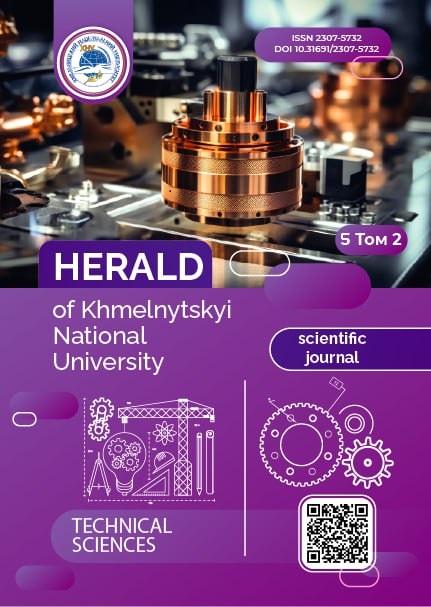ADAPTIVE TECHNOLOGIES IN UNMANNED AGRICULTURAL SYSTEMS
DOI:
https://doi.org/10.31891/2307-5732-2025-357-64Keywords:
UAV, reinforcement learning, PPO, adaptive spraying, precision agricultureAbstract
This research presents the development and evaluation of an adaptive control system for unmanned aerial vehicles (UAVs) used in crop spraying operations under variable wind conditions. The system leverages advanced machine learning techniques, particularly reinforcement learning, to enable intelligent real-time decision-making in dynamic agricultural environments. The control algorithm is based on Proximal Policy Optimization (PPO), a modern policy-gradient method known for its balance between sample efficiency and training stability. A key innovation of the approach lies in the implementation of an adaptive reward function, where the weights dynamically adjust based on the instantaneous wind speed. This allows the UAV to actively adapt its spraying behavior in response to fluctuations in environmental conditions, with the goal of minimizing pesticide drift and improving coverage uniformity. The adaptive reward function penalizes both the deviation of actual pesticide distribution from the target pattern and the quantity of chemical drift outside the treatment zone. The magnitude of these penalties increases with wind intensity, encouraging the learning agent to modify flight speed, altitude, and spraying rate accordingly. Mathematical modeling was conducted using a custom simulation environment that incorporated wind variation and fluid dynamics to replicate droplet behavior. Over multiple training episodes, the agent refined its spraying strategy through iterative interaction with the environment. The proposed system shows strong potential for integration into real-world precision agriculture frameworks. It can enhance the efficiency of UAV-based pesticide application by optimizing resource usage and adapting to real-time environmental feedback. Future work includes field validation of the system, incorporation of additional environmental variables such as temperature and humidity, and potential extension to multi-agent scenarios involving cooperative fleets of UAVs. Overall, this research contributes a novel and effective approach to autonomous UAV control in precision farming, combining reinforcement learning with adaptive environmental responsiveness.
Downloads
Published
Issue
Section
License
Copyright (c) 2025 ЮРІЙ РОДІНКОВ, АНТОН САВИЦЬКИЙ (Автор)

This work is licensed under a Creative Commons Attribution 4.0 International License.

